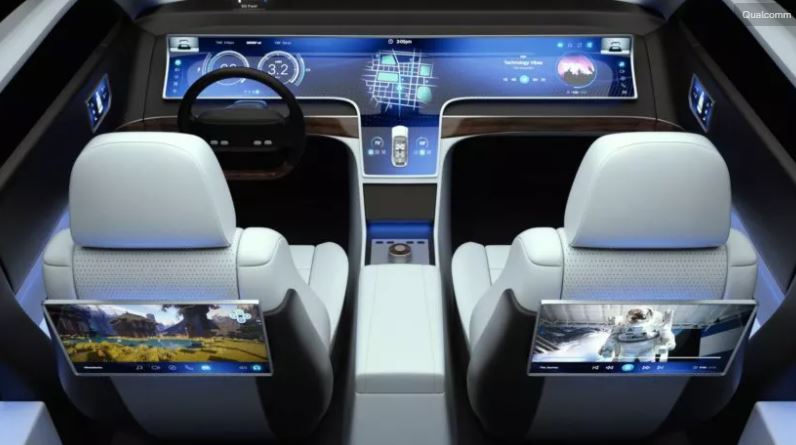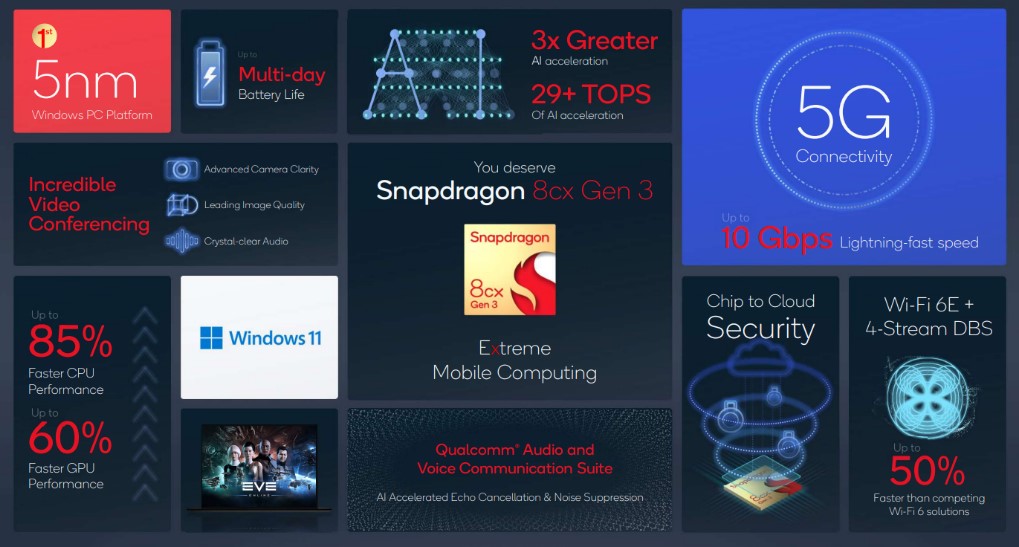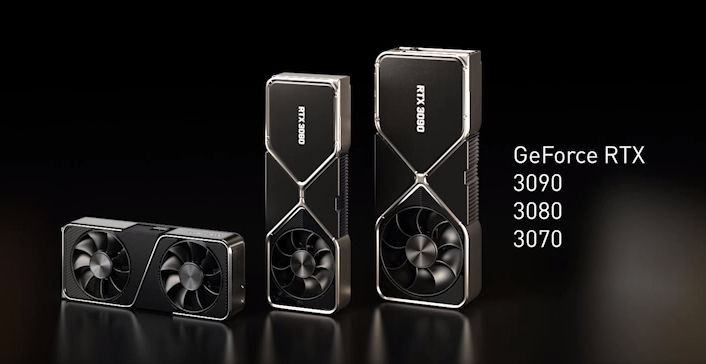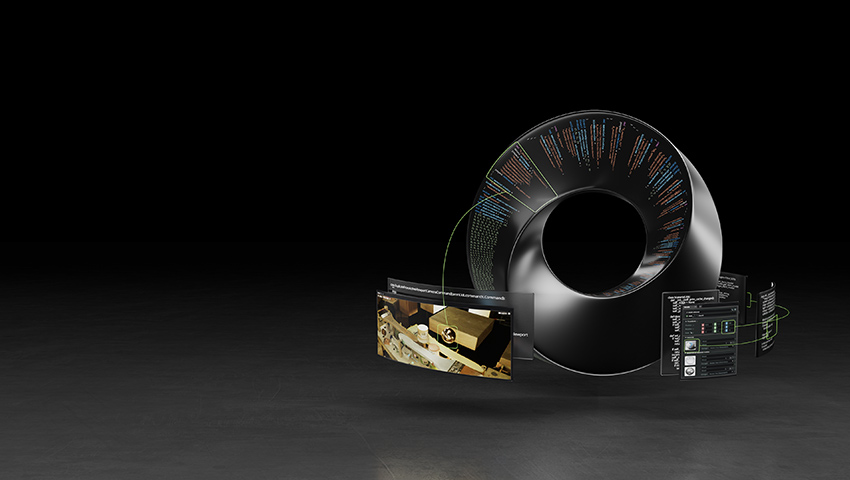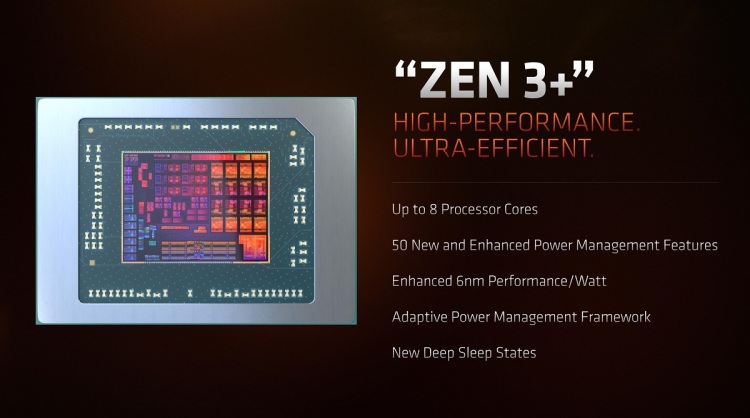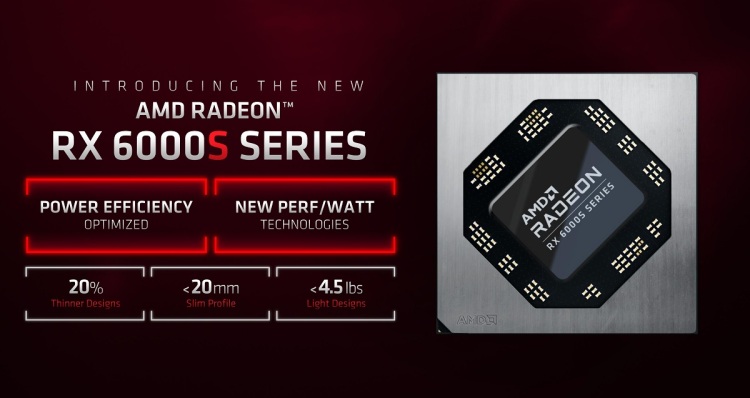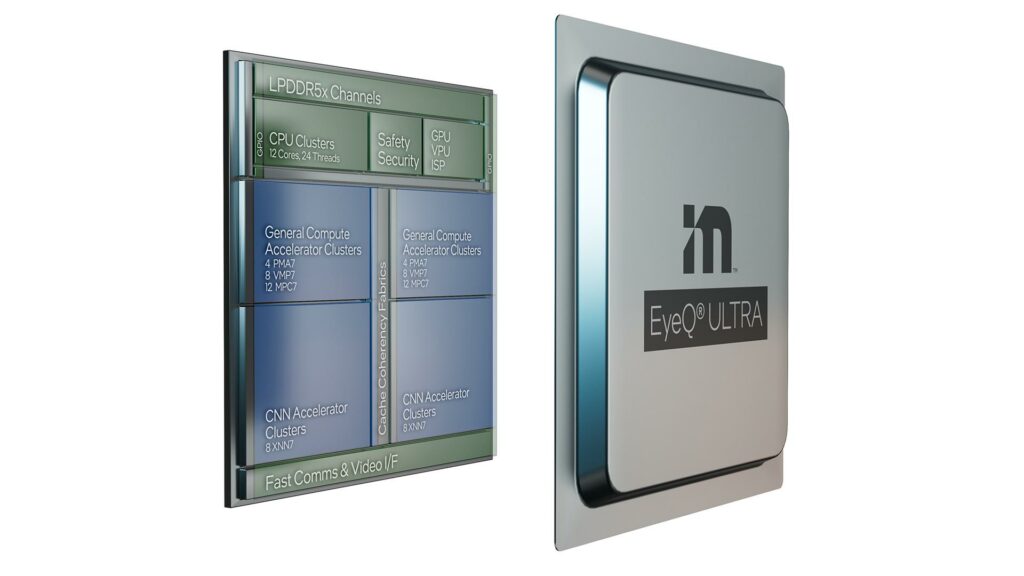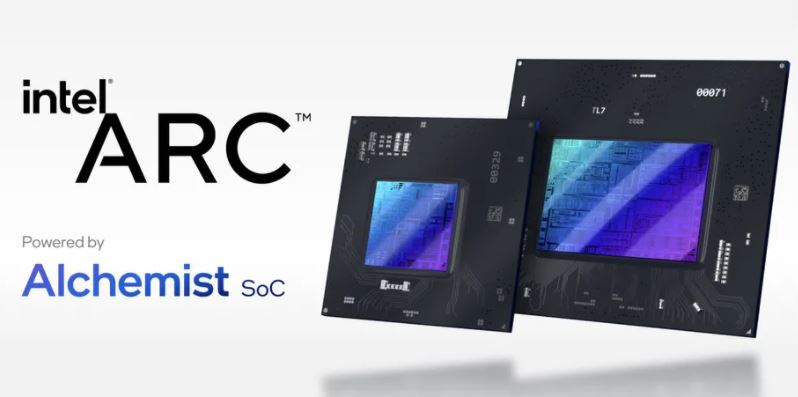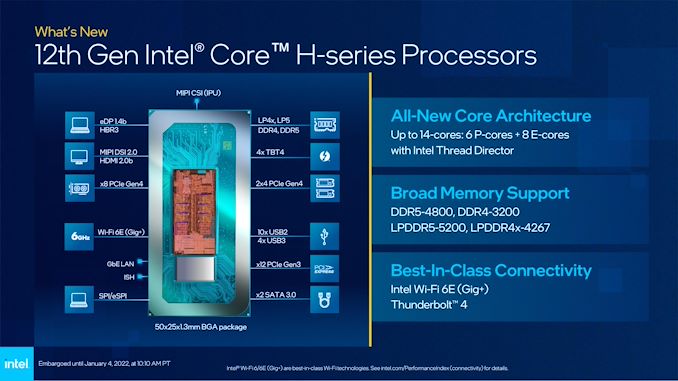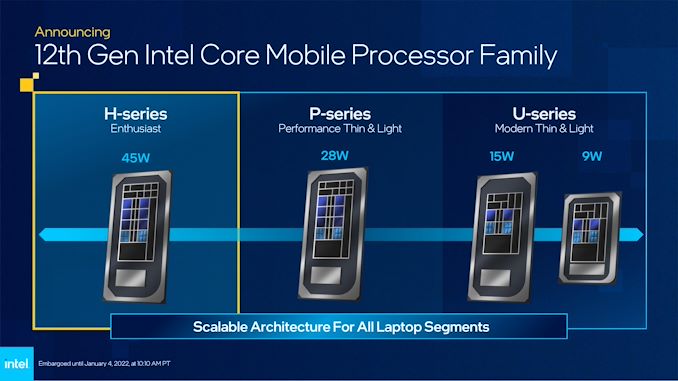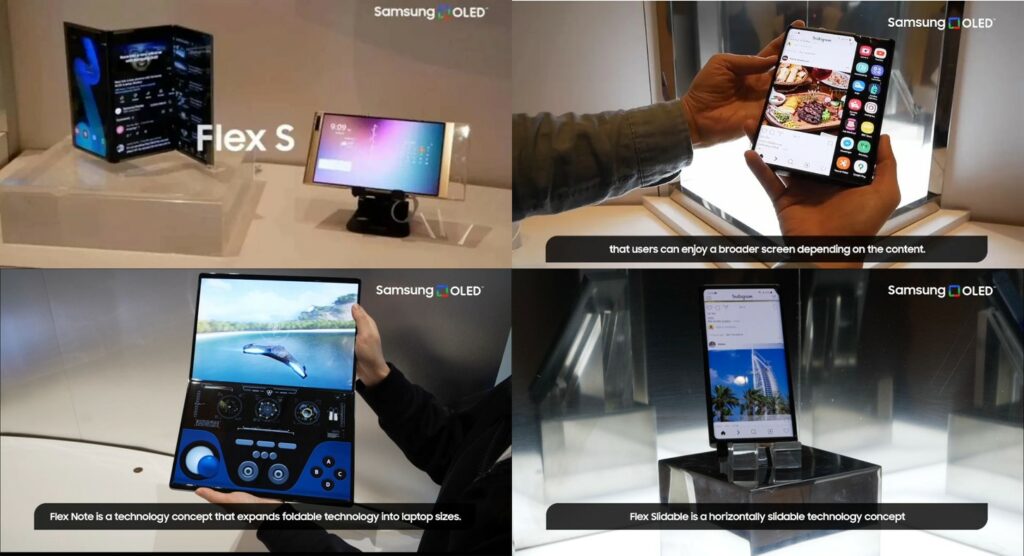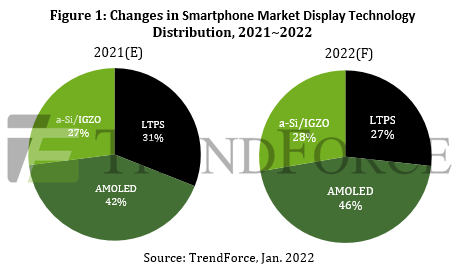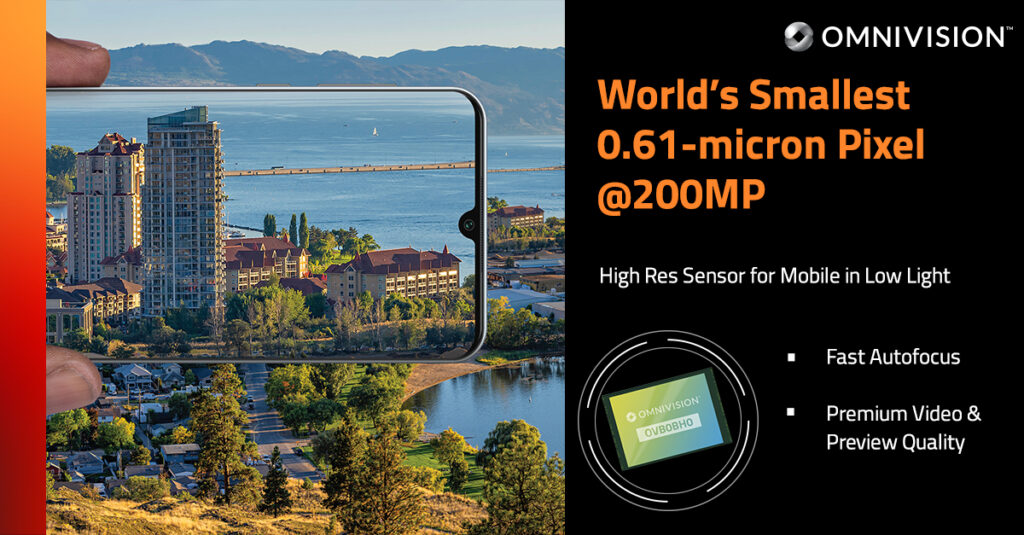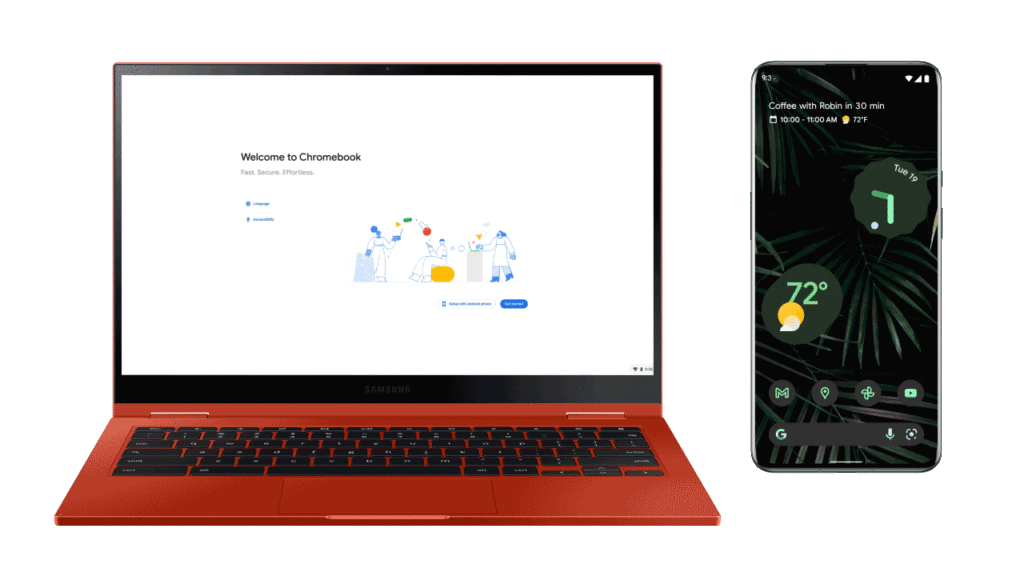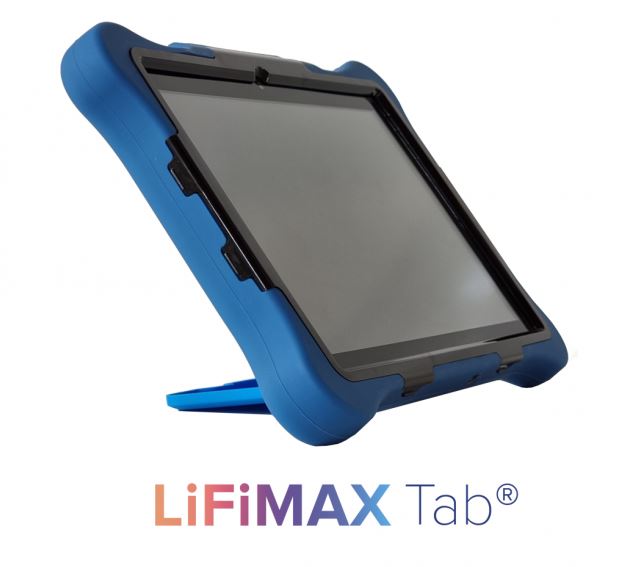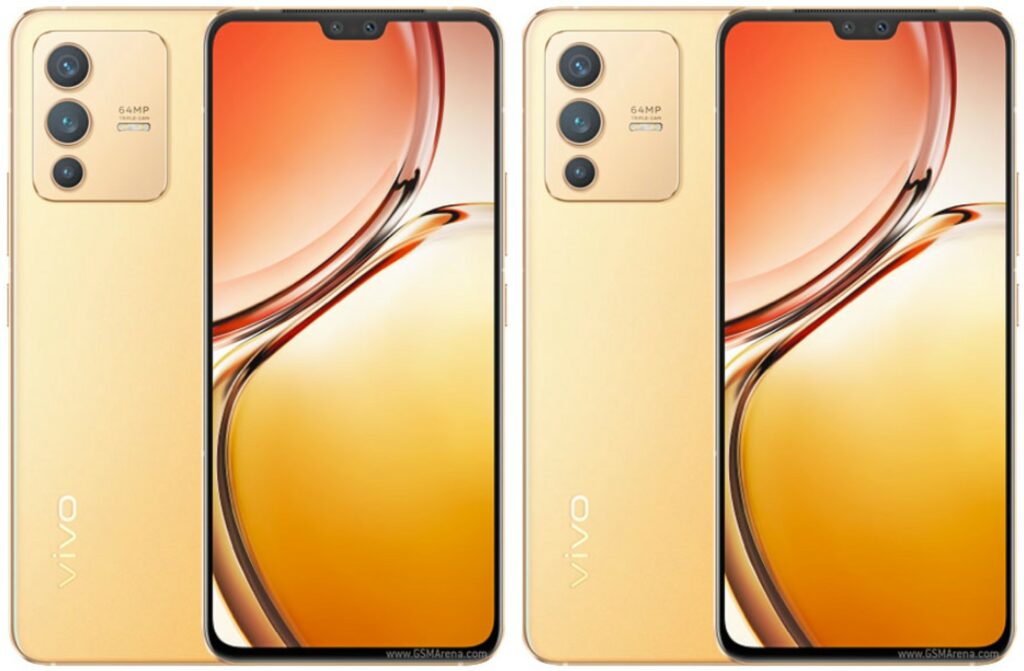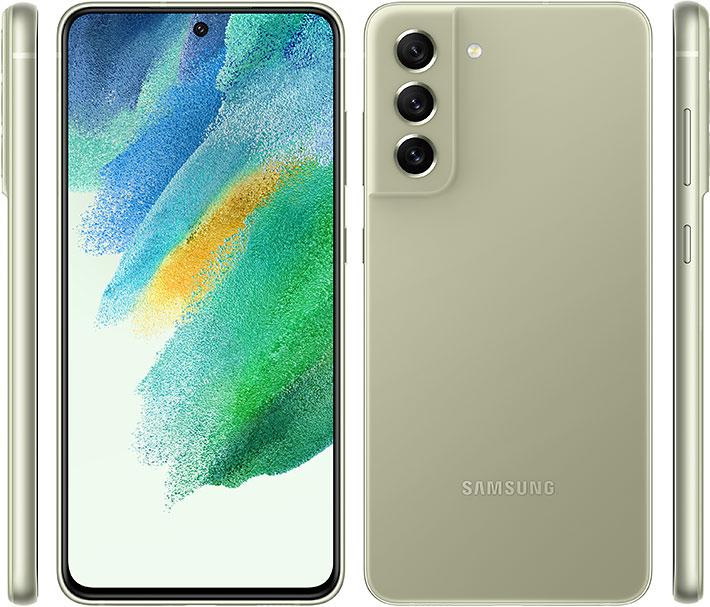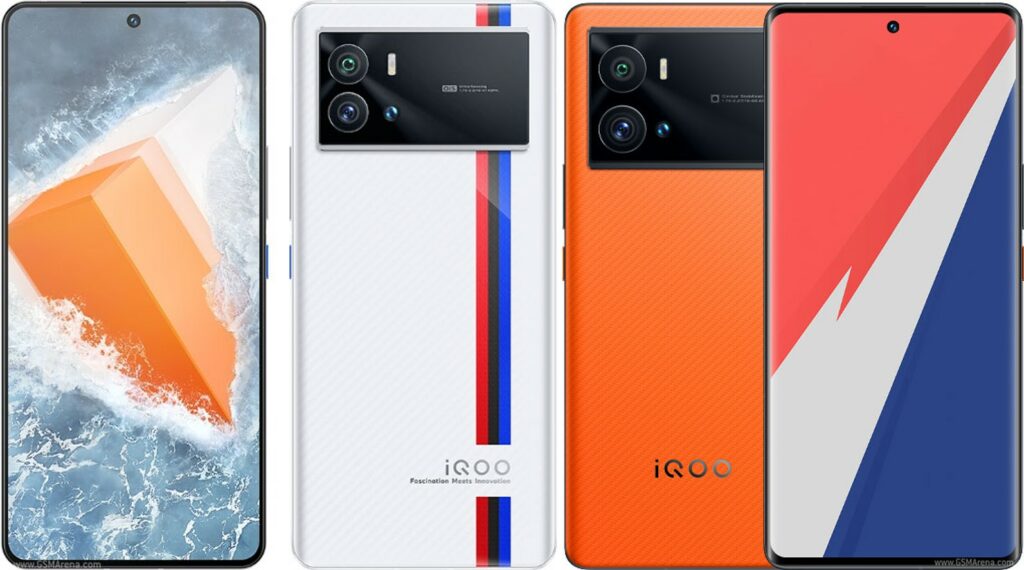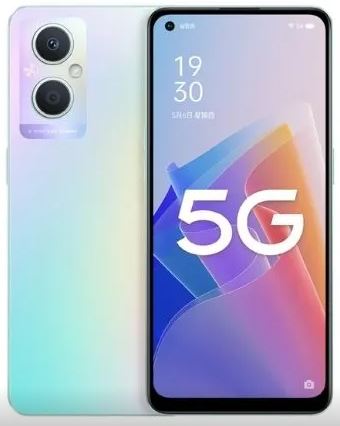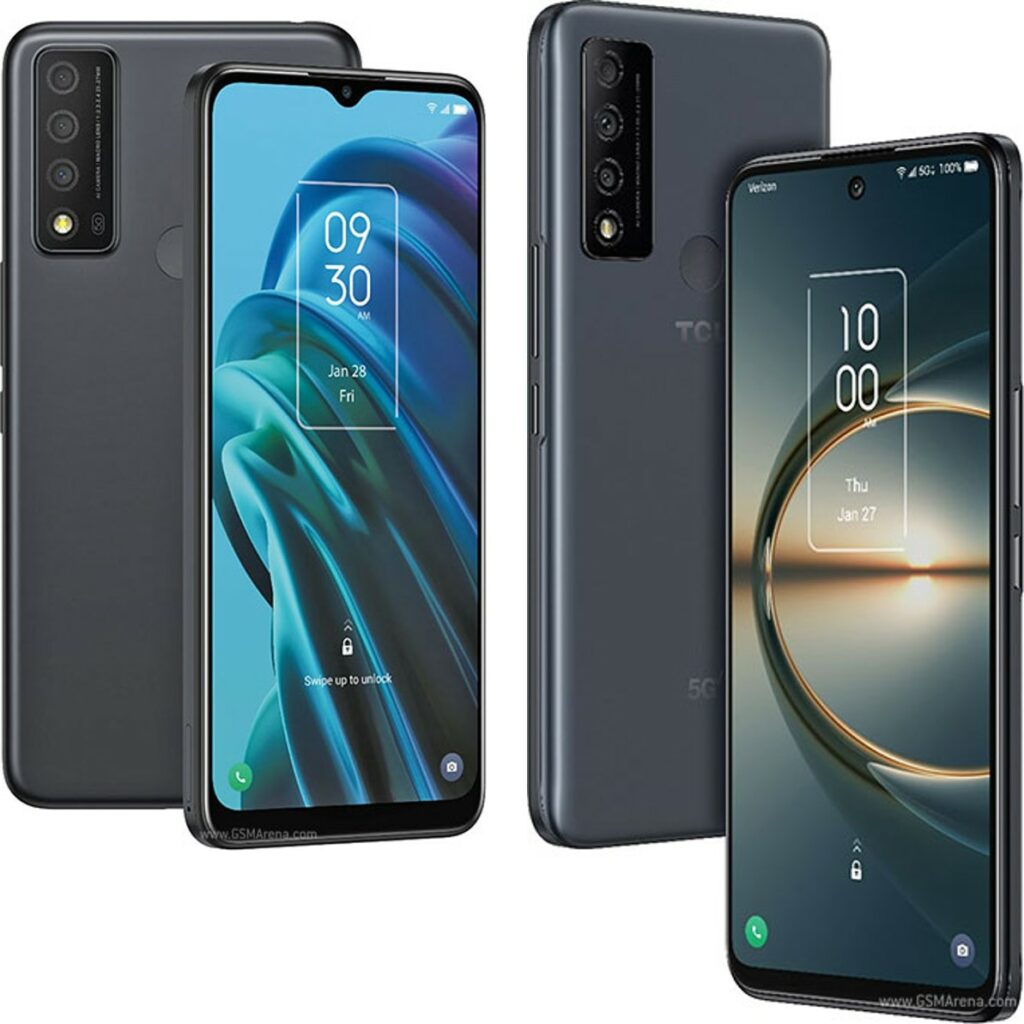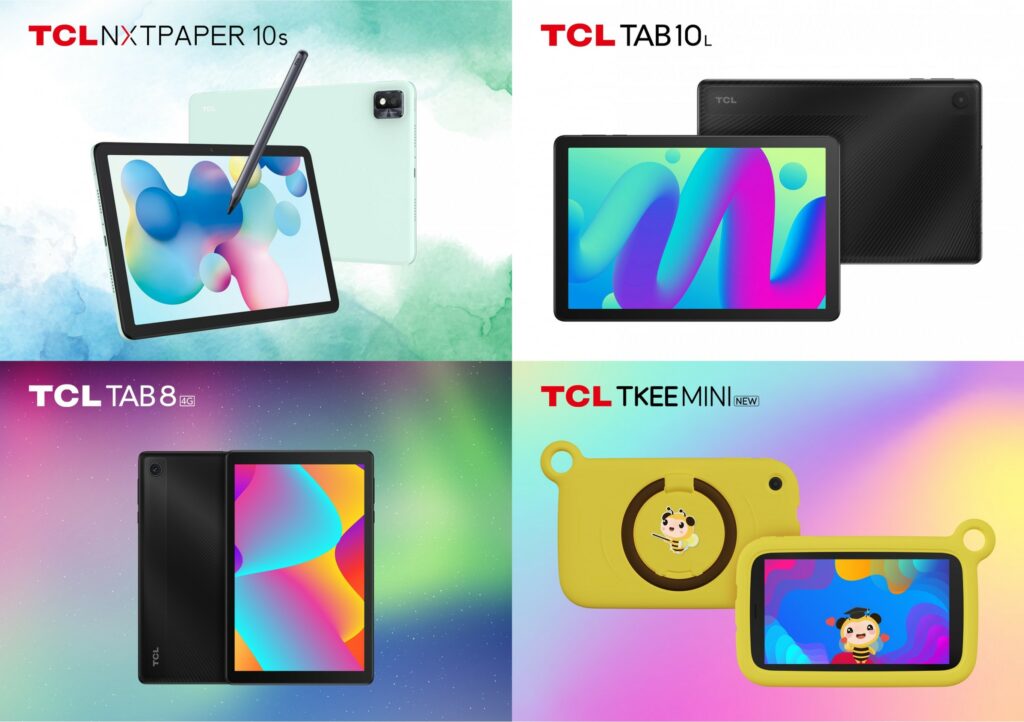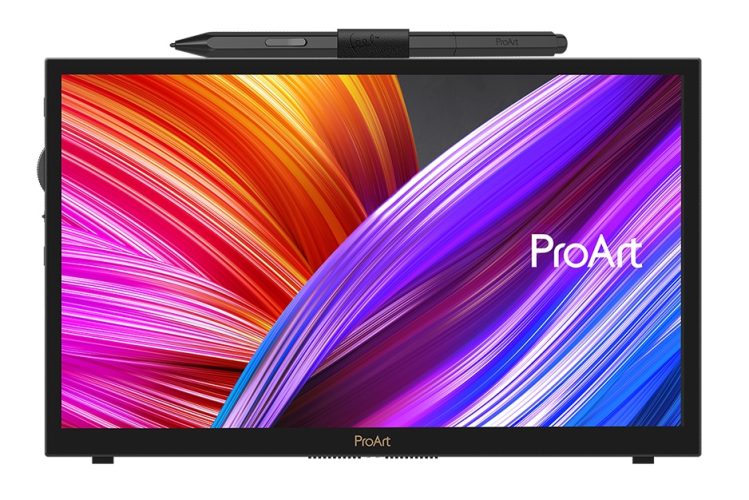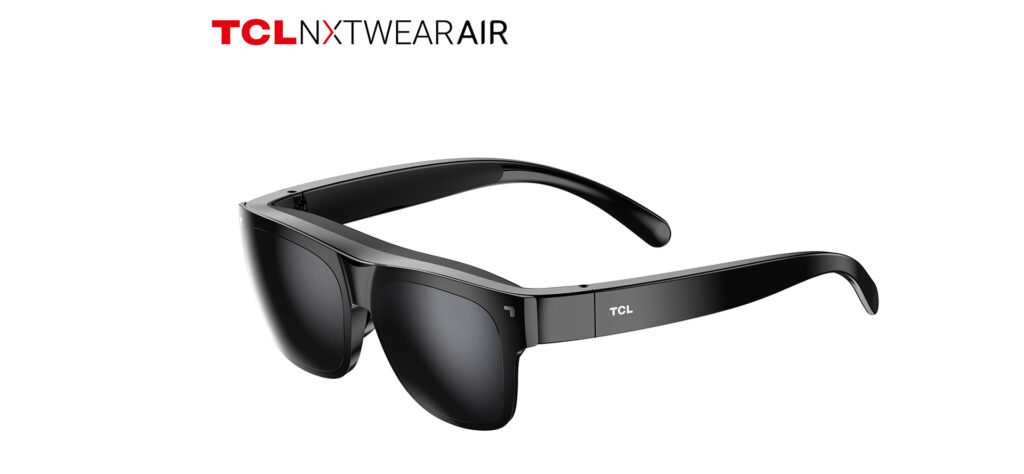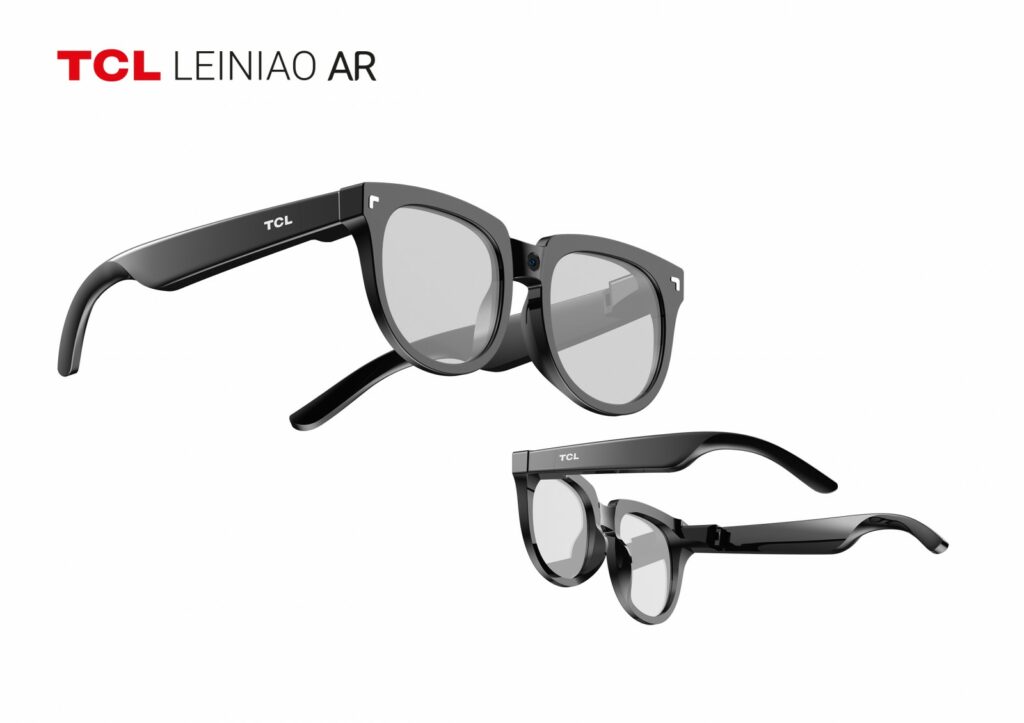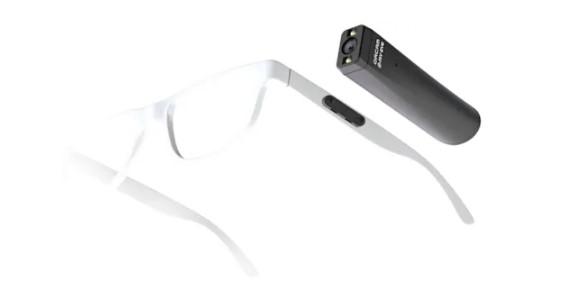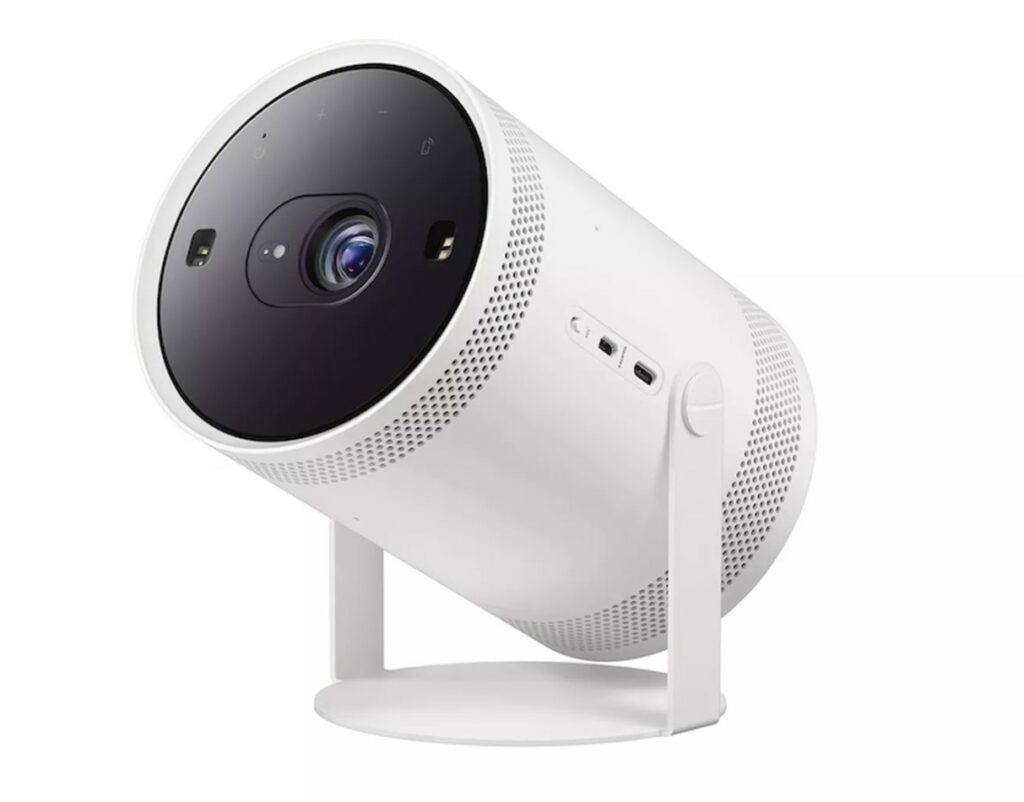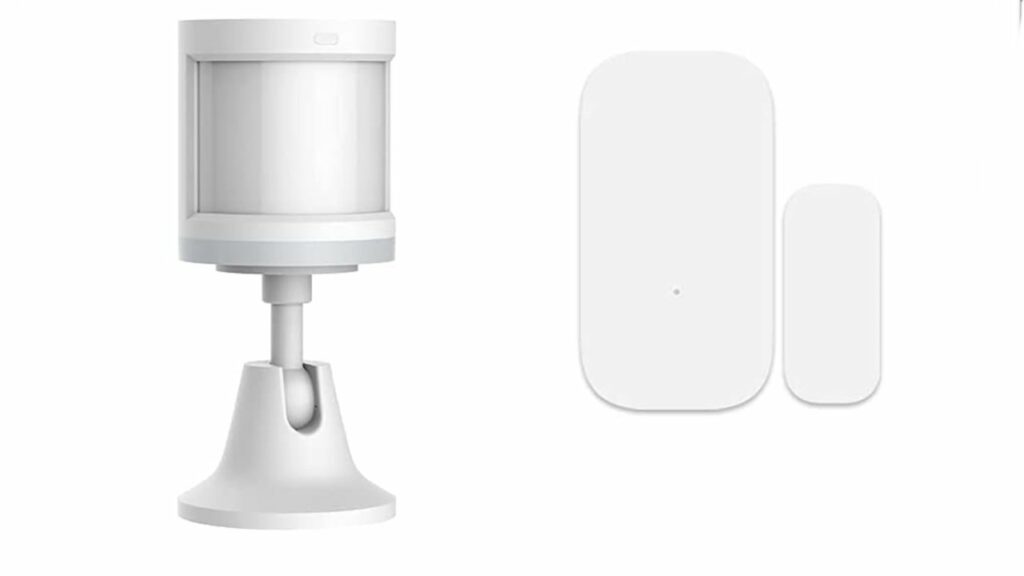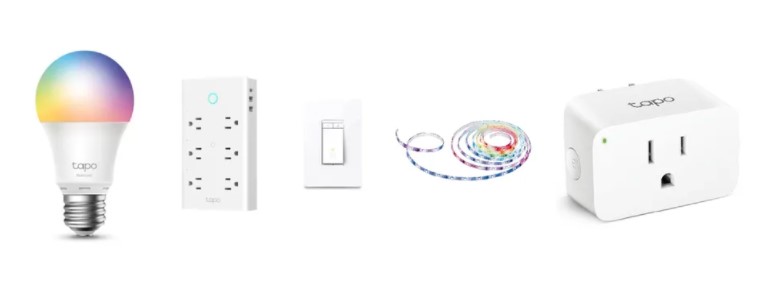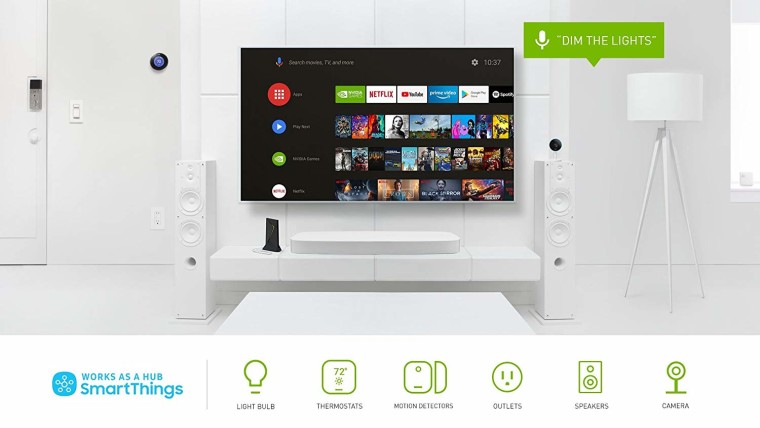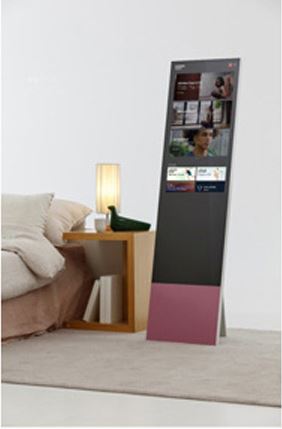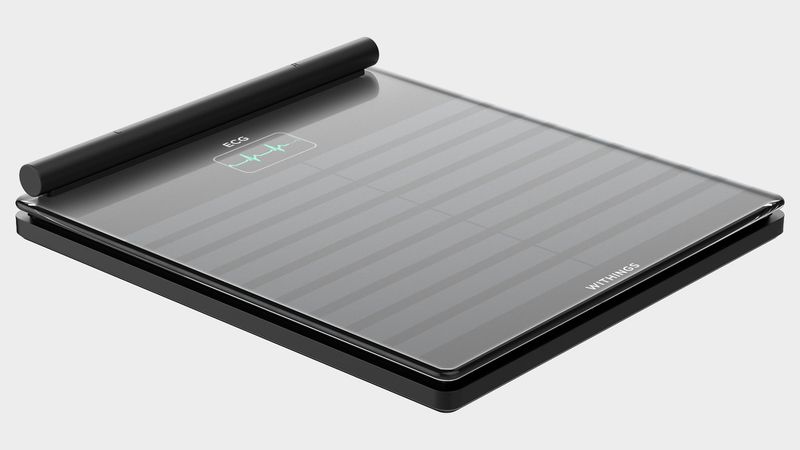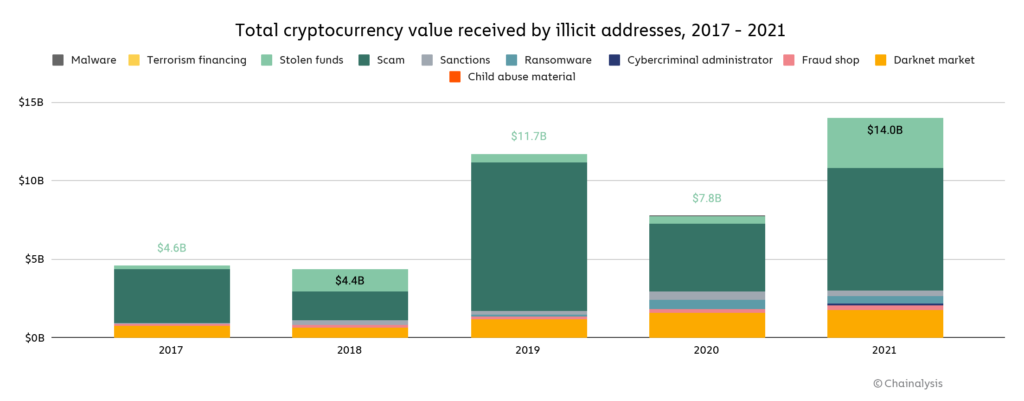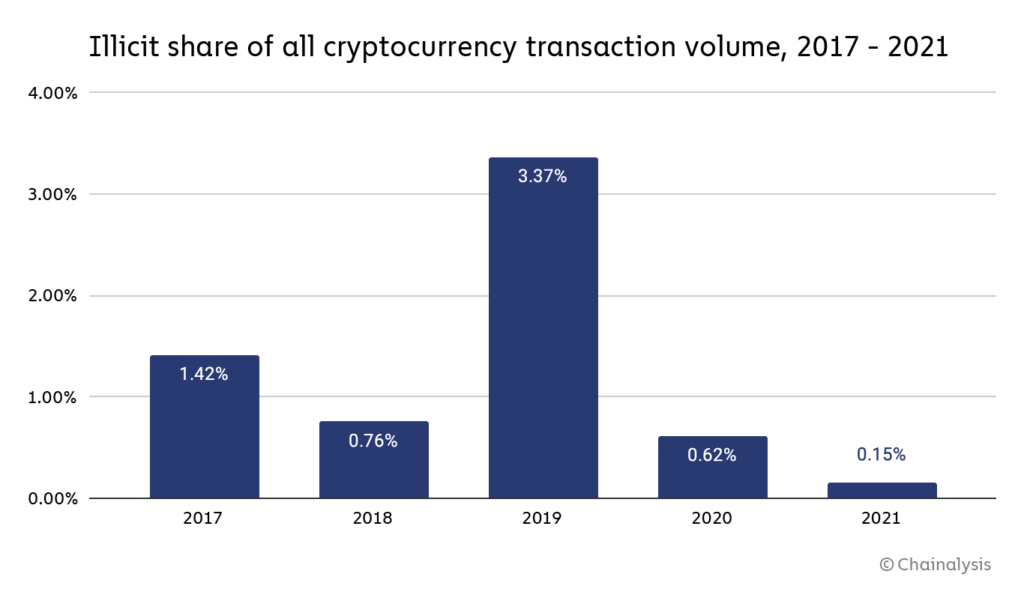
1-8 #SameOld #CES2022 : Qualcomm, Intel, Nvidia, AMD series of announcements; Samsung Display is showcasing a few foldable display concepts; Samsung Electronics has set out its own “Tiger” strategy to seek a more aggressive push in the North American market; etc.
Delivery times for chips rose in Dec 2021, signaling persistent component shortages that have slammed growth for months in industries that span the economy. The lead times — a closely watched gap between when a semiconductor is ordered and when it is delivered — increased by 6 days to about 25.8 weeks in Dec 2021 compared with Nov 2021, according to Susquehanna Financial Group. Lead times for nearly every product category witnessed all-time highs, with power management and MCUs (microcontrollers) leading the charge. (Yahoo, Bloomberg, CN Beta, On.cc)
Qualcomm has announced new features for its Qualcomm Digital Chassis car platform. Qualcomm Digital Chassis is a suite of cloud-connected “platforms” which automakers can adopt in full or à la carte, and it includes: the Snapdragon Ride Platform for advanced driver assistance systems (ADAS) and automated driving, the Auto Connectivity Platform for LTE, 5G connected services, cellular vehicle-to-everything (C-V2X), Wi-Fi, Bluetooth and precise positioning, and the next generation of the Snapdragon Cockpit, a digital cockpit and infotainment system. Qualcomm’s integrated automotive platforms, including the digital chassis, have an order pipeline of more than USD13B. (Android Authority, TechCrunch, Qualcomm)
Qualcomm Technologies has teamed up with Microsoft to accelerate the adoption of augmented reality (AR) in both the consumer and enterprise sectors. Qualcomm CEO Cristiano Amon has indicated that Qualcomm Technologies is working with Microsoft across several initiatives to drive the ecosystem, including developing custom AR chips to enable a new wave of power efficient, lightweight AR glasses to deliver rich and immersive experiences. Qualcomm is integrating into that chip platform software from both companies: the Microsoft Mesh platform, and the recently announced Qualcomm Snapdragon Spaces XR development platform. (VentureBeat, CN Beta, Reuters, The Verge)
Qualcomm has announced the new Snapdragon 8cx Gen 3 Compute Platform for premium Windows devices. Qualcomm claims that this new SoC will deliver up to 85% faster CPU performance and 60% faster GPU performance. Thanks to 5nm manufacturing process, devices based on Snapdragon 8cx Gen 3 should offer multiday battery life. (CN Beta, MS Poweruser, Windows)
Nvidia has unveiled GeForce RTX 3050, 3080 Ti, 3070 Ti, and 3090 Ti graphics cards. The 3080 Ti is aimed at laptops, while the 3050 is aimed at desktops. Details are scarce for the 3090 Ti but can expect it will fill out Nvidia’s high-end graphics. Nvidia has also announced new RTX-accelerated games, and the expansion of both GeForce Now cloud gaming and the launch of a free version of Nvidia Omniverse for creators and artists. (VentureBeat, AnandTech)
Omniverse, billed by Nvidia as a metaverse for engineers, will now have a free version available for a much larger community of creators and artists. The Omniverse is Nvidia’s simulation and collaboration platform delivering the foundation of the metaverse, the universe of virtual worlds that are all interconnected. Omniverse is based on Pixar’s widely adopted Universal Scene Description (USD), the leading format for universal interchange between 3D applications. (VentureBeat, Nvidia, Nvidia, TechCrunch)
Nvidia has unveiled its latest generation platform for self-driving vehicles the Drive Hyperion 8. The latest generation Drive platform uses Nvidia Drive Orin systems-on-a-chip, 12 surround cameras, nine radar, 12 ultrasonics, one front-facing LiDAR, and three interior-sensing cameras. Electric vehicle makers such as Volvo-backed Polestar and electric vehicle (EV) companies in China, including NIO, Xpeng, Li Auto, R Auto, and IM Motors have all adopted Drive Hyperion. Robotaxi services like Cruise, Zoox, and DiDi and trucking services like Volvo, Navistar, and Plus are also using Drive Hyperion. (VentureBeat, Nvidia)
Advanced Micro Devices (AMD) has unveiled its new AMD Ryzen 6000 Series mobile processors that blend its Zen 3+ core with AMD RDNA 2 graphics. The new central processing units (CPUs) offer up to 11% more single-threaded performance, up to 28% more multi-threaded performance, and up to two times more graphics performance compared to the Ryzen 5000 Series. The new AMD Ryzen 6000 Series processors are built using TSMC’s 6nm manufacturing process technology. The built-in graphics enable the Accelerated Processing Units, which combine a centralized processing unit and graphics processing unit in the same device. (VentureBeat, The Verge, PC Gamer, Ars Technica)
AMD has unveiled the AMD Radeon RX 6000M Series mobile graphics family, with the addition of the AMD Radeon RX 6850M XT, Radeon RX 6650M XT, Radeon RX 6650M, Radeon RX 6500M, and Radeon RX 6300M mobile graphics chips. (VentureBeat, PC Gamers, AMD)
Mobileye, the advanced driver assist and autonomous driving company owned by Intel, has announced the latest version of its EyeQ system-on-a-chip (SoC). The new chip, dubbed EyeQ Ultra, is the latest version of Mobileye’s SoC that’s been in production since 2004. The company says the chip will be capable of 176 trillion operations per second (TOPS). It will not go into production until late 2023 and is not expected to be ready for full-scale automotive manufacturing until 2025. (CN Beta, AnandTech, The Verge, Intel)
Intel has already started shipping its first-generation Alchemist GPUs to OEM customers for desktop and laptop systems, including Acer, Asus, Clevo, Dell, Gigabyte, Haier, HP, Lenovo, Samsung, MSI, and NEC. Intel’s Arc GPUs set to package the company’s new Xe graphics architecture into discrete laptop and desktop GPUs, marking the biggest foray yet for Intel (which is best known for its CPUs) into the graphics world. Intel has revealed that discrete Arc GPUs will be required on Intel Evo-branded laptops featuring its new 12th Gen H-series chips. (CN Beta, PC Gamer, The Verge)
Intel has announced its third-generation update for its “Intel Evo” certification program, adding new requirements for better video calls for future devices, expanding the certification to include larger and more powerful laptops, and new foldable designs. Evo-branded laptops had to get over nine hours of “real-world” battery life, wake from sleep in “less than 1s”, offer fast charging (for at least 4 hours of charge in 30 minutes), and offer Wi-Fi 6 and Thunderbolt 4 support. (CN Beta, Intel, The Verge, XDA-Developers, PC Gamer)
Intel has announced its latest 12th Gen Alder Lake featuring the company’s new hybrid architecture with its first laptop chip using the new design, led by the Core i9-12900HK, which Intel boldly claims is “the fastest mobile processor. Ever”. Intel boasts that the Core i9-12900HK offers up to 28 percent faster gaming over its predecessor, the Core i9-11980HK. (CN Beta, AnandTech, The Verge)
Northland Capital markets analyst Gus Richard believes that Intel will likely outsource silicon wafer manufacturing to Taiwan Semiconductor Manufacturing Co (TSMC) for smaller transistor sizes like 3nm, and has been talking to to TSMC about working together on a 2nm process. TSMC’s 3nm mass production is reportedly expected to start in 4Q22, and the first batch of production capacity will be equally divided by Apple and Intel. As for the future 2nm process, TSMC will launch the Nanosheet / Nanowire transistor architecture at the 2nm node and use new materials. Mass production is expected in 2025. (My Drivers, TechNews, MoneyDJ, Market Watch)
Samsung Display is showcasing a few foldable display concepts. The Flex S concept shows the device folding like the letter ‘S’. The Flex G concept does the inward fold that hides the display completely and protects it when not in use. The Flex Slidable concept features an extendable display that hides or reveals the extra few inches of screen real estate with a slide or a touch of a button. The Flex Note is basically a large display that folds and works like a laptop but extending it fully will give a single large screen to work on. (Sammy Hub, SamMobile, SamMobile, SamMobile, Gizmo China)
Leyard has indicated that the current production capacity of Micro LED is 800KK/month, and it will reach 1,600KK/month in 2022. In 2022, Leyard will expand the production capacity of 3 production bases: (1) Nanfang Industrial Park in Shenzhen, which will relocate several production bases including Shenzhen Leyard to one industrial park for centralized production and production. management to improve efficiency and reduce costs. Currently, the Southern Industrial Park has officially moved in on 1 Dec 2021; (2) Hunan Changsha factory has been added, and will put in production in Mar-July 2022 with the production capacity has reached 6,000 KK/month; (3) LeadStar, which will reach 800KK/month production capacity in Jul 2022. It was originally planned to double in 2023, but has now put the expansion plan on the agenda. (Laoyaoba, 163)
Benefiting from expanded introduction of AMOLED mobile phone models by Apple, Samsung and Chinese brands, the market penetration rate of AMOLED panels for mobile phones in 2021 was 42%, according to TrendForce, continuous investment undertaken by numerous panel factories to expand AMOLED production lines will drive AMOLED panel penetration rate to an estimated 46%. However, TrendForce further asserts that the continued tight supply of AMOLED DDI and the willingness of mobile phone brands to expand the use of AMOLED panels will be the keys influencing AMOLED market penetration rate in 2023. (TrendForce, TrendForce, Laoyaoba)
Xiaomi is reportedly testing a new under-display camera with a high-resolution solution that has been paired with an FHD+ display from TCL CSOT. Prior to this, Xiaomi had launched the Xiaomi MIX 4 as the very first commercially-selling smartphone from the company with an under-display. Its resolution is 20MP. The upcoming devices with the new UD camera tech will feature a much denser pixel count with resolutions higher than 20MP. (Gizmo China, My Drivers, Sina)
OmniVision has announced the OVB0B―the world’s smallest 200MP image sensor with pixel size at just 0.61µm for smartphone cameras. The unique 16-cell binning of the OVB0B delivers premium video and preview quality in 12.5MP mode, especially in low light. The OVB0B is the first 200MP to offer 100% quad phase detection (QPD) technology for excellent fast autofocus performance. (Digital Trends, OmniVision)
According to Digitimes, Samsung is reportedly considering increasing prices of its SSD lineup. While an exact increase value is not specified, Samsung is moving in direct opposition to other SSD vendors who are decreasing their respective prices. Samsung has acknowledged that it has opted to temporarily alter manufacturing operations in its facilities in Xi’an, China due to the increase of Covid-19 cases. The company operates two NAND fabrication facilities which account for approximately 42% of its flash production. By relocating manufacturing to other locations across the world, Samsung hopes to offset any deficits caused by the Xi’an lockdowns. (Digitimes, Neowin)
DDR4 spot market prices continue to rebound despite the still-sluggish end-market demand, according to Digitimes. As of 1Q22, end market demand has not seen a significant recovery, but spot prices for mainstream DDR4 chips have been rising due to supply concerns. Samsung and Micron have both warned that a strict lockdown in China’s Xi’an city due to the outbreak could disrupt production at their local semiconductor factories in Xi’an, raising concerns over whether the event would have a major impact on global memory chip production. Samsung operates a NAND flash memory factory and related back-end facilities in Xi’an, while Micron operates a local DRAM assembly and test factory. In terms of growth, the DDR4 spot price is better than that of other DRAM types, but it remains to be seen whether it will push up the DRAM contract price in 1Q22, and the increase in DRAM spot price is also greater than that of NAND flash memory. (Digitimes, Laoyaoba)
Google has shared its future plans to make device connectivity easier and more seamless for Android phones, Chromebooks, Android TVs and Wear OS smartwatches. Google will begin with Fast Pair for Bluetooth headphones, which will automatically pair with Chromebook or even use Android phone to set up a new Chromebook giving it all the information needed of paired devices and Wi-Fi passwords. Samsung and Pixel phones, on the other hand, will see extended support for digital car key features. Google aims to make content streaming a bit smarter and more seamless across different devices. Google is making it possible to interact with Android phone without having it around. (GSM Arena, Google)
France’s Oledcomm is looking to bring the technology to home users with the first Android tablet sporting integrated Li-Fi. Light fidelity (LiFi) technology transmits data at high speeds by modulating light signals. Oledcomm is showcasing the LiFiMAX Tab, which is priced at EUR400. The tablet comes wrapped in a chunky blue silicone case that includes the photonic antenna, allowing for up to 150 Mbps downstream and 150 Mbps up with AES 128-bit security. (CN Beta, NewAtlas, BullFrag)
Samsung Electronics has set out its own “Tiger” strategy to seek a more aggressive push in the North American market and narrow its gap with Apple in the market. The letters individually stand for: “True No. 1 in all product categories,” “Improve flagship market share”, narrow the “Gap between Apple”, “Expanding” the presence of products such as wireless earphones, and the firm’s determination to achieve a “Record year” by reaching its targets. (Android Authority, Korea Herald)
Wedbush analyst Daniel Ives says that Apple sold more than 40M units of iPhone 13 models in the 2021 holiday season. He also predicts that Apple would soon hit the USD3T market capital. He forecasts that the iPhone 13 sales will continue to grow in 2022. The demand outstripped supply by a 12M units in 4Q21. (Phone Arena, Gizmo China, Ped30)
The Directorate of Revenue Intelligence (DRI) in India has issued show-cause notices to Xiaomi for demand and recovery of duty which amounts to INR653-crore. A DRI raid a while ago has initiated an investigation against the company some time back. This is seemingly in violation of Section 14 of the Customs Act 1962 and Customs valuation Rules 2007. Xiaomi India seems to have been evading Customs duty being the beneficial owner of imported mobiles, parts and components by not adding the royalty and license fee. (GizChina, ANI News, Epoch Times, My Drivers)
The offline ceremony of 20M units of DBG Technology and Xiaomi smartphones was grandly held in the Third Smart Industrial Park. The Xiaomi project was introduced in Dec 2020, and 20M smartphones have been manufactured so far with DBG Technology. By 2022, with the support of Xiaomi, Honor and Samsung, DBG Technology shipments in 2022 are expected to reach 100M units, a YoY surge compared with 2021. In addition, non-mobile phone products such as automotive electronics, wearable devices, and new energy businesses will take off in an all-round way. In addition to Xiaomi and DBG Technology is cooperating with 40M smartphones, Samsung expects to have more than 60M ODM projects in 2022. The main beneficiary ODM manufacturers are Wingtech, Huaqin and Longcheer, all three of which are customers of DBG. (Laoyaoba, EE World, India Times, Sohu)
vivo V23 series is announced in India: V23 5G – 6.44” 1080×2400 FHD+ notch AMOLED 90Hz, MediaTek Dimensity 920 5G, rear tri 64MP-8MP ultrawide-2MP macro + front dual 50MP-8MP ultrawide, 8+128 / 12+256GB, Android 12.0, fingerprint on display, 4200mAh 44W, INR29,990 (USD400) / INR34,990 (USD470). V23 Pro – 6.56” 1080×2376 FHD+ notch AMOLED 90Hz, MediaTek Dimensity 1200 5G, rear tri 108MP-8MP ultrawide-2MP macro + front dual 50MP-8MP ultrawide, 8+128 / 12+256GB, Android 12.0, fingerprint on display, 4300mAh 44W, INR38,990 (USD520) / INR43,990 (USD590). (GSM Arena, Android Authority)
Samsung Galaxy S21 FE is announced in Europe – 6.4” 1080×2400 FHD+ HiD Dynamic AMOLED 2X 120Hz, Qualcomm Snapdragon 888, rear tri 12MP OIS-8MP telephoto 3x optical zoom-12MP ultrawide + front 32MP, 8+128GB, Android 12.0, fingerprint on display, 4500mAh 25W, 15W fast wireless charging, reverse wireless charging, EUR749. (Gizmo China, GSM Arena)
realme GT2 series is announced in China: GT2 – 6.62” 1080×2400 FHD+ HiD AMOLED 120Hz, Qualcomm Snapdragon 888 5G, rear tri 50MP-8MP ultrawide-2MP macro + front 16MP, 8+128 / 12+256GB, Android 12.0, fingerprint on display, 5000mAh 65W, CNY2,699 (USD425) / CNY3,199 (USD503). GT2 Pro – 6.7” 1440×3216 QHD+ HiD LTPO2 AMOLED 120Hz, Qualcomm Snapdragon 8 Gen 1, rear tri 50MP OIS-50MP ultrawide-3MP microscope 40x magnification + front 32MP, 8+128 / 8+256 / 12+256 / 12+512GB, Android 12.0, fingerprint on display, 5000mAh 65W, CNY3,699 (USD582) / CNY3,999 (USD629) / CNY4,299 (USD676) / CNY4,799 (USD755). (Gizmo China, GSM Arena, NDTV)
vivo iQOO 9 series is announced in China, powered by Qualcomm Snapdragon 8 Gen 1: iQOO 9 – 6.78” 1080×22400 FHD+ HiD AMOLED 120Hz, rear tri 50MP OIS-12MP telephoto 2x optical zoom-13MP ultrawide + front 16MP, 8+256 / 12+256 / 12+512GB, Android 12.0, fingerprint on display, 4700mAh 120W, 10W reverse wireless charging, CNY3,999 (USD629) / CNY4,399 (USD692) / CNY4,799 (USD755). iQOO 9 Pro – 6.78” 1440×3200 QHD+ HiD LTOP AMOLED 120Hz, rear tri 50MP gimbal OIS-16MP telephoto OIS 5x optical zoom-50MP ultrawide + front 16MP, 8+256 / 12+256 / 12+512GB, Android 12.0, fingerprint on display, 5700mAH 120W, 50W fast wireless charging, 10W reverse wireless charging, CNY4,999 (USD786) / CNY5,499 (USD865) / CNY5,999 (USD943). (GSM Arena, My Drivers)
OPPO A96 5G is announced in China – 6.43” 1080×2400 FHD+ HiD AMOLED, Qualcomm Snapdragon 695 5G, rear dual 48MP-2MP portrait + front 16MP, 8+256GB, Android 12.0, fingerprint on display, 4500mAh 33W, CNY1,999 (USD315). (MySmartPrice, Gizmo China)
TCL 30 XE 5G and 30 V 5G are announced for US: 30 XE 5G – 6.52” 720×1600 HD+ v-notch 90Hz, MediaTek Dimensity 700 5G, rear tri 13MP-2MP macro-2MP depth + front 8MP, 4+64GB, Android 11.0, rear fingerprint, 4500mAh 18W, price to be announced. 30 V 5G – 6.67” 1080×2400 FHD+ HiD IPS LCD, Qualcomm Snapdragon 480 5G, rear tri 50MP-5MP ultrawide-2MP macro + front 16MP, 4+128GB, Android 11.0, rear fingerprint, 4500mAh 18W, price to be announced. (Android Central, GSM Arena)
Google Cloud has announced the acquisition of Siemplify, a provider of security orchestration, automation, and response (SOAR) technologies. SOAR platforms allow companies to collect key security data, such as alerts, that its security operations team has been monitoring. The technologies ultimately aim to enable companies to prioritize and improve their incident response efforts. (VentureBeat, Google, Siemplify)
TCL announces 6 new Android tablets: TCL Nxtpaper 10s – 10.1” 1200×1920 NCVM IPS, MediaTek Helio P23, rear 8MP + front 5MP, 4+64GB, Android 11.0, 8000mAh 18W, dual speakers, supports T-Pen active stylus, USD249. TCL Tab 10L – 10.1” 800×1280 IPS LCD, Mediatek MT8167, rear 2MP + front 2MP, 2+32GB, Android 11.0, 4080mAh, USD99. TCL Tab 8 4G – 8.0” 800×1280 IPS LCD, Mediatek MT8766, rear 5MP + front 5MP, 2+32GB, Android 11.0, 4080mAh, USD129. TCL Tkee Max / Mid / Mini – 10” / 8” / 7” 800×1280 IPS LCD, MediaTek MT8167B, 1/2+32GB, Android 10.0 Go / Android 11.0, starts from USD89. (GSM Arena, Android Central, Good Reader)
ASUS has unveiled 4 new portable monitors including one model with an OLED display panel, one that supports wireless screen mirroring, and two with support for pen input – including a model aimed at digital artists that has a color-accurate display panel and a built-in Asus Dial control. (Liliputing, ASUS)
Mojo Vision has raised USD45M to adapt its augmented reality contact lenses to work with sports and fitness applications. Saratoga, California-based Mojo Vision bills itself as the Invisible Computing Company. It is announcing strategic partnerships with sports and fitness brands to collaborate on next-generation user experiences that combine augmented reality, wearable technology, and personal performance data. (VentureBeat, TechCrunch, CNET)
TCL NXTWEAR AIR wearable display glasses are designed for comfort and portability. The NXTWEAR AIR features dual 1080p Micro OLED screens with a 47 pixels-per-degree resolution for a “cinema-like level of clarity”. The glasses are compatible with over 100 smartphones and can also be used as a second screen when paired with a laptop. (TCL, Gizmodo, Engadget, Android Central)
TCL has unveiled a concept device, the Leiniao AR glasses. It is claimed to be the industry’s first binocular full-color MicroLED holographic optical waveguide AR glasses with a display engine that balances efficiency and dispersion. The glasses will also be gaining a number of new functions like information prompts, photo sharing, smart connection controls, multi-screen presentation, and interoperability with automobiles in the future. (Gizmo China, Sohu, CNET, GSM Arena, Ubergizmo, Pandaily)
OrCam, a company that makes products to aid accessibility for the visually impaired, has revealed its glasses-mounted MyEye Pro device. It aids the blind and visually impaired by reading out printed and digital text, recognizing people, identifying products, and more. MyEye Pro mounts on a pair of eyeglasses and communicates visual information audibly. (Engadget, Orcam)
Samsung has announced portable projector FreeStyle, which is priced at USD899. It can project a 1080p resolution screen with all the makes of Samsung’s smart TV platform, ranging in size 30”-100”. It weighs 1.83 pounds (or 830g), features 360º sound and far-field voice control. The projector can rotate through 180º, allowing it to display content on the ceiling if the user desires. (Android Authority, Samsung, The Verge, Projector Screen)
Smart home accessory maker Aqara plans to launch new versions of its door, window, and motion sensors, that for the first time will work with Thread. The new Thread-based Door and Window Sensor and Motion Sensor are slated to ship in 2H22. Aqara has also reiterated its commitment to adopt the Matter smart home standard, stating that it will bring Matter support to its existing Zigbee-based products by pushing an over-the-air update to Aqara hubs such as the Aqara Hub M2 and M1S. (iMore, Apple Insider, 9to5Mac)
Lululemon acquired home fitness startup Mirror for USD500M in Jun 2020. Now Nike has filed a lawsuit against the company over Mirror, accusing it of patent infringement. Nike’s lawsuit alleges that Mirror, which is a full-size interactive mirror that brings a live fitness instructor into the user’s home, and its apps use technologies that it invented and patented. (Engadget, CNBC, WSJ)
Smart home firm TP-Link is introducing 4 HomeKit-compatible security cameras as it brings its European “Tapo” range of devices to the US. Adding to TP-Link’s Kasa Smart Home products, the new Tapo line will target multiple smart home categories with more products and features, starting with all new innovative security cameras, Apple Homekit compatible smart plug and switch, light bulb and light strip, a set of IoT hub, motion sensors and smart button. (Apple Insider, Business Wire)
Samsung SmartThings has announced that it is expanding its SmartThings Energy service to aid consumers in managing their energy consumption efficiently and mitigating their carbon footprint. For this purpose, SmartThings Energy has joined hands with various energy management platforms including Constellation, Logical Buildings, and Oracle Utilities. (Neowin, Samsung)
Samsung Electronics has announced its membership in the Home Connectivity Alliance (HCA) together with leading manufacturers in the smart home space, aiming to promote interoperability and greater safety. Samsung Electronics is a founding member of the HCA along with Arçelik, The Electrolux Group, Haier, GE Appliances and Trane Technologies. The alliance brings together leading manufacturers of connected devices to enhance the compatibility of smart appliances across brands. (Neowin, Samsung)
Samsung MIMO is a full-length “fitness mirror” that is powered by Tizen OS. The mirror display supports touch and responds to voice and gestures. MIMO display attempts to make working out fun and more inclusive by allowing to exercise with friends and works with other Samsung devices like TVs, smartwatches, Galaxy Buds and services like Samsung Health. (Sammy Hub, CES)
The US International Trade Commission has ruled that Google is in violation of five Sonos patents relating to smart speakers. The decision affirms a judge’s ruling in Aug 2021, and it is the kind of decision that could theoretically force Google to stop importing products using the infringing technology. (Digital Trends, NY Times, The Verge)
Morgan Stanley’s Adam Jonas thinks Tesla could deliver as many as 2M vehicles in 2022 if everything goes right for the electric-car maker. Tesla’s growth is impressive both on a year-over-year and sequential basis. New factories in Germany and Texas should bolster 2022 deliveries. (CNBC, Motley Fool, CN Beta)
Jetour has officially announced its new SUV car X-1 with the name “Jetour Great Sage” that will be equipped with Huawei L3 autonomous driving system. Back in Jul 2021, Jetour declared its independence for Chery Automobile company. The Jetour X-1 SUV comes with the self-developed “Kunlun” architecture platform, equipped with Huawei’s high-end L3 Autonomous Driving Assistance System, smart Cockpit. 3.0 and Healthy Cockpit 4.0. (Laoyaoba, iFeng, 163, Gizmo China, Huawei Central)
Daimler Chief Technology Officer Markus Schaefer has said the luxury carmaker expects chip supply to remain scarce throughout 2022, particularly in 1H22. He does not expect significant production capacity increases in 1H22, these will barely come in the full year. Daimler, soon to be renamed Mercedes-Benz, produced 23.9% fewer cars in Oct 2021 than the previous year and 21.8% less in Nov 2021, mirroring a production drop as carmakers worldwide struggle to get their hands on enough chips to meet demand. (Laoyaoba, Reuters, Euro News)
Omron Healthcare has introduced its remote patient monitoring services in various regions around the world. The company wants to expand digital health services to consumers and monitor risks of heart disease and other ailments. Omron Healthcare is showing off a mobile app that coaches users to understand their data and act on it. The company has formed a partnership with Kyoto University to research how AI could prevent cardiac events. (VentureBeat, PR Newswire, Benzinga)
Withings has announced the launch of a new smart scale, the Body Scan, which is designed to track all kinds of health-related metrics. It monitors segmental body composition, weight, heart rate, and vascular age, plus it can assess nerve activity and heart rhythm using a 6-lead ECG. The new Body Scan will launch in 2H22, pending CE/FDA clearance, for USD299.95. (MacRumors, Apple Insider)
Cryptocurrency-based crime hit a new all-time high in 2021, with illicit addresses receiving USD14B over the course of the year, up from USD7.8B in 2020. Cryptocurrency usage is growing faster than ever before. Across all cryptocurrencies tracked by Chainalysis, total transaction volume grew to USD15.8T in 2021, up 567% from 2020’s totals. Given that roaring adoption, it is no surprise that more cybercriminals are using cryptocurrency. But the fact that the increase was just 79% — nearly an order of magnitude lower than overall adoption — might be the biggest surprise of all. In fact, with the growth of legitimate cryptocurrency usage far outpacing the growth of criminal usage, illicit activity’s share of cryptocurrency transaction volume has never been lower. (Neowin, Chainalysis)


